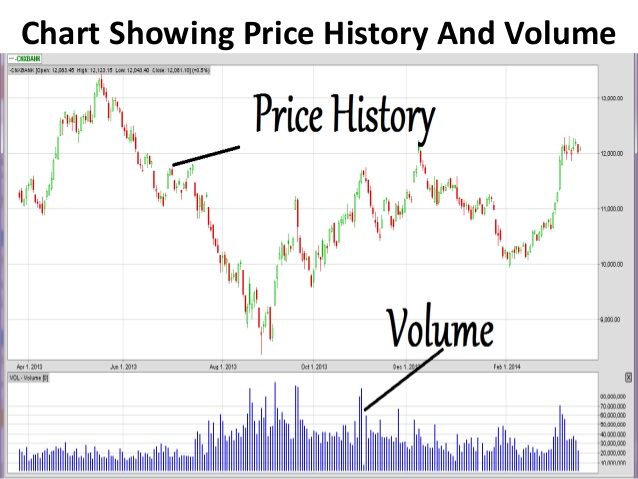What is Volume?
Volume is simply the number of shares or contracts that trade over a given period – usually a day. Often times, volume is expressed as a bar chart directly below the price chart with the bars height illustrating how many shares have traded per period. Volume charts can also be analyzed to show trends of increasing or decreasing volume over time.

Why Volume is Important?
Volume is used by technical analysts to confirm trends and chart patterns. The strength of any given price movement is measured primarily by the volume. In fact, a 50% rise in a stock price may not be all that relevant at all if it occurs on very little volume – just look at penny stocks.
For example, suppose that a stock jumps 5% in one trading day after being in a long-term downtrend. Is this a reversal of the long-term trend? The answer depends on whether there was a substantial amount of volume behind the move. If the volume was below average, the move was likely a fluke and the downtrend is likely to continue. On the other hand, if the volume was significantly higher than average, then it could be the start of a reversal.
Volume and Chart Patterns
Volume is invaluable when confirming chart patterns, such as head and shoulders, triangles, flags, and other patterns. These chart patterns will be discussed in greater detail later on, but for now, know that chart patterns try to predict pivotal moments – like reversals. If the volume isn’t present alongside these chart patterns, then the resulting trading signal isn’t as reliable.
Volume Precedes Price
A final important concept to understand is that price is preceded by volume. Technical analysts closely watch volume to see when reversals are likely to occur, which means that volume changes can be a precursor to price changes. If the volume is decreasing in an uptrend, it could signal that the uptrend is coming to a close and a reversal may be likely.
Now that we have a better understanding of some of the most important core elements of technical analysis